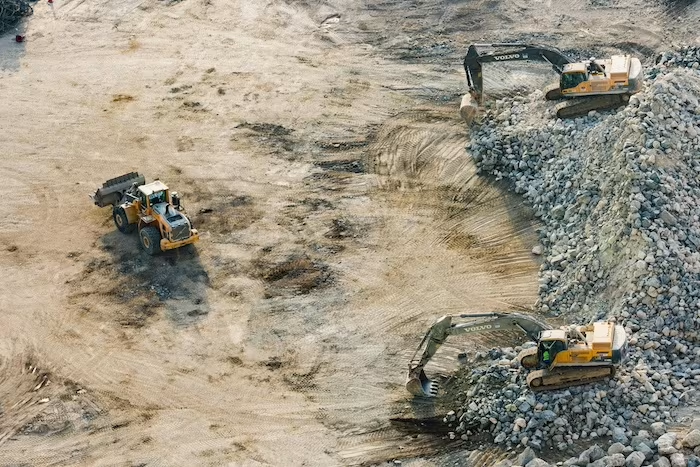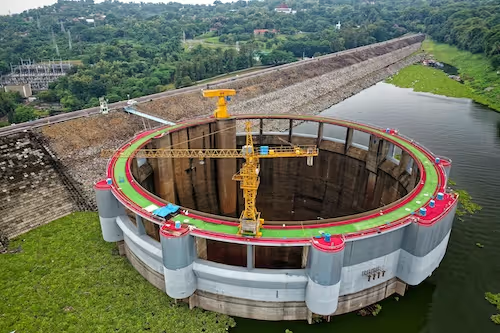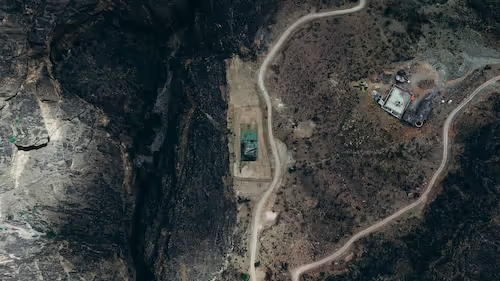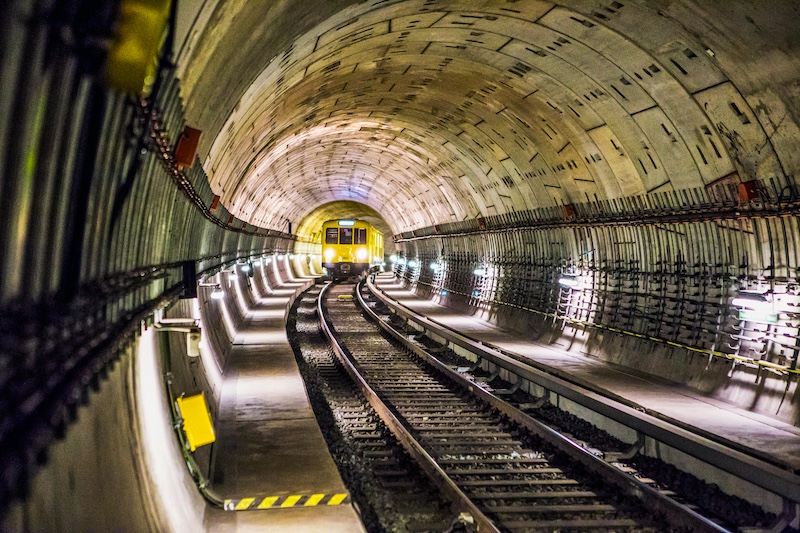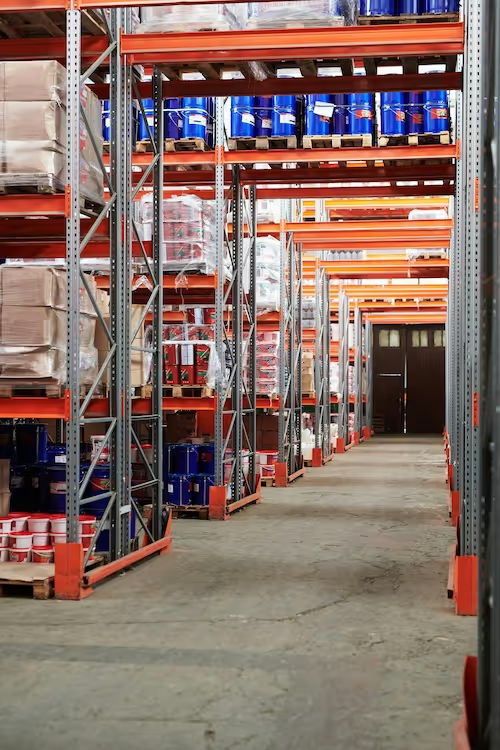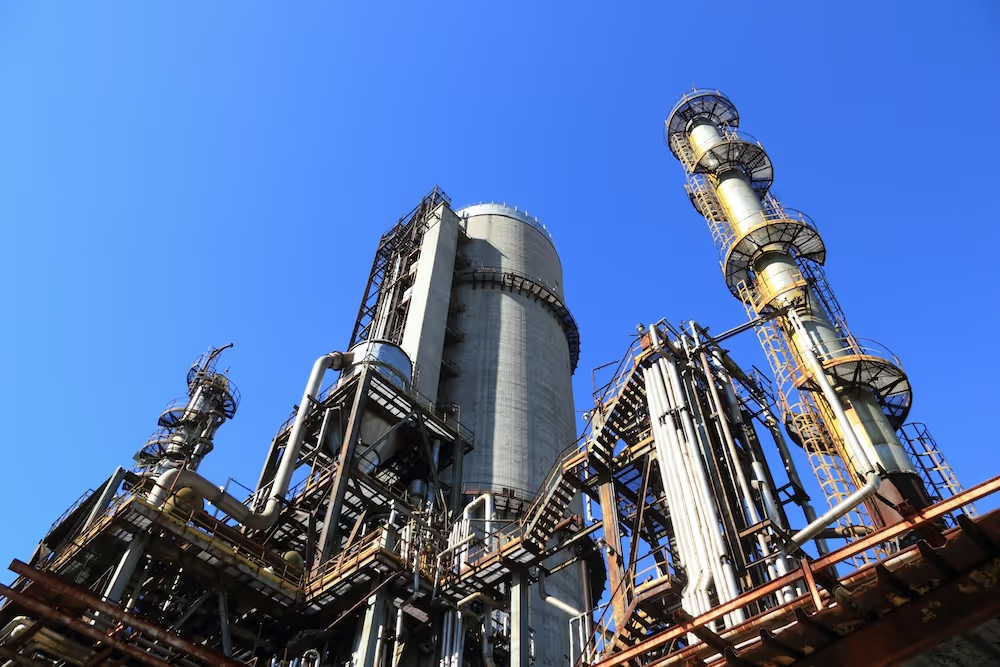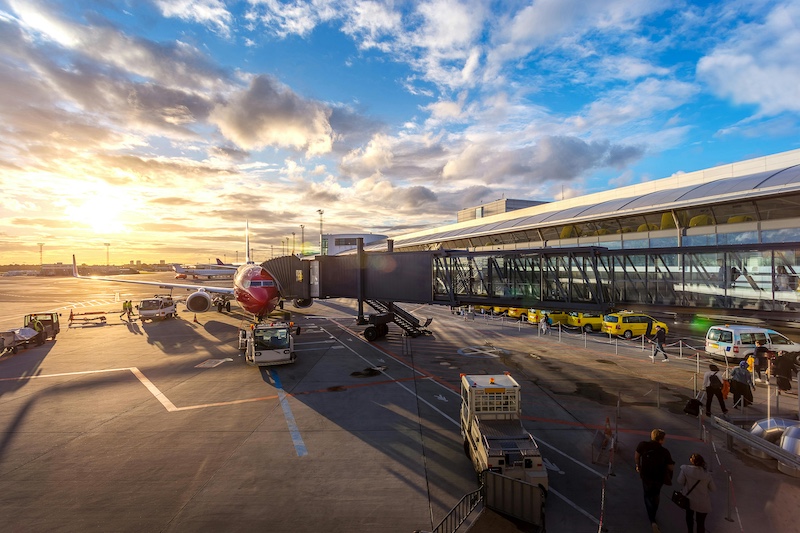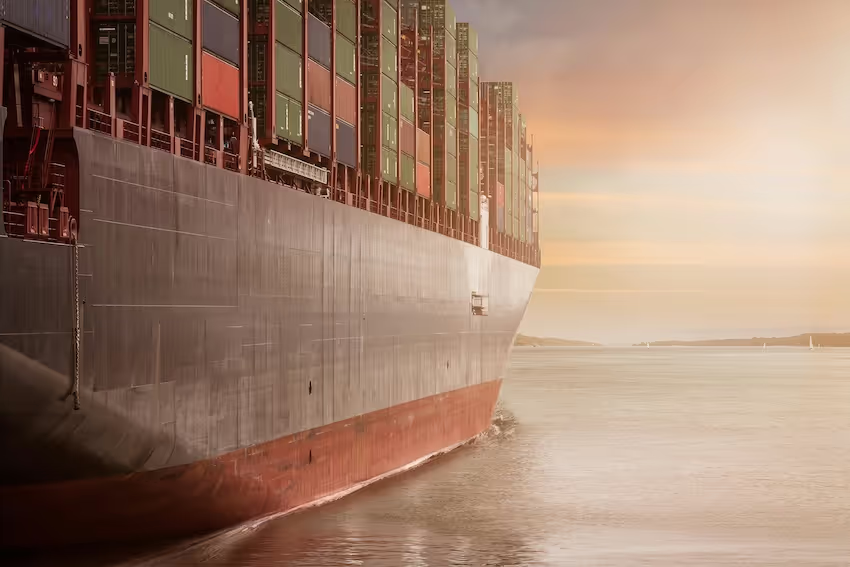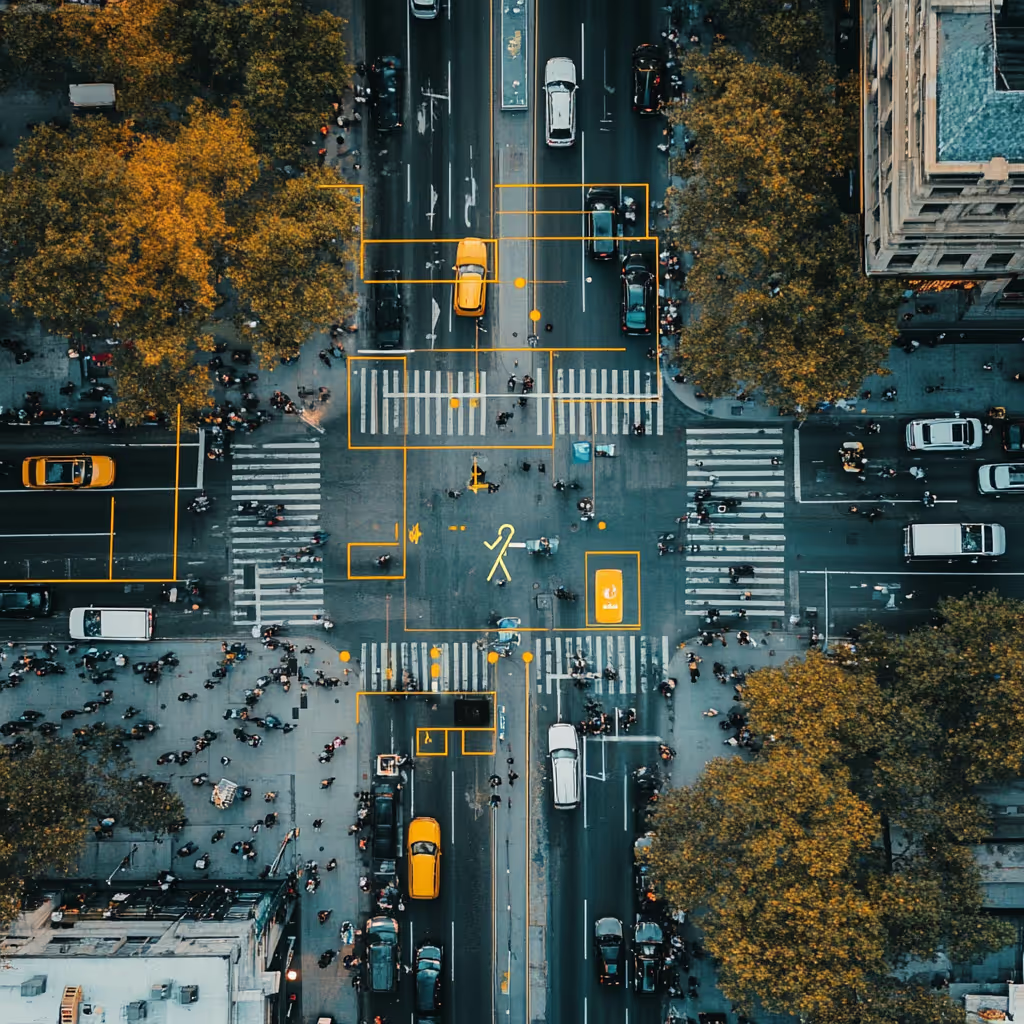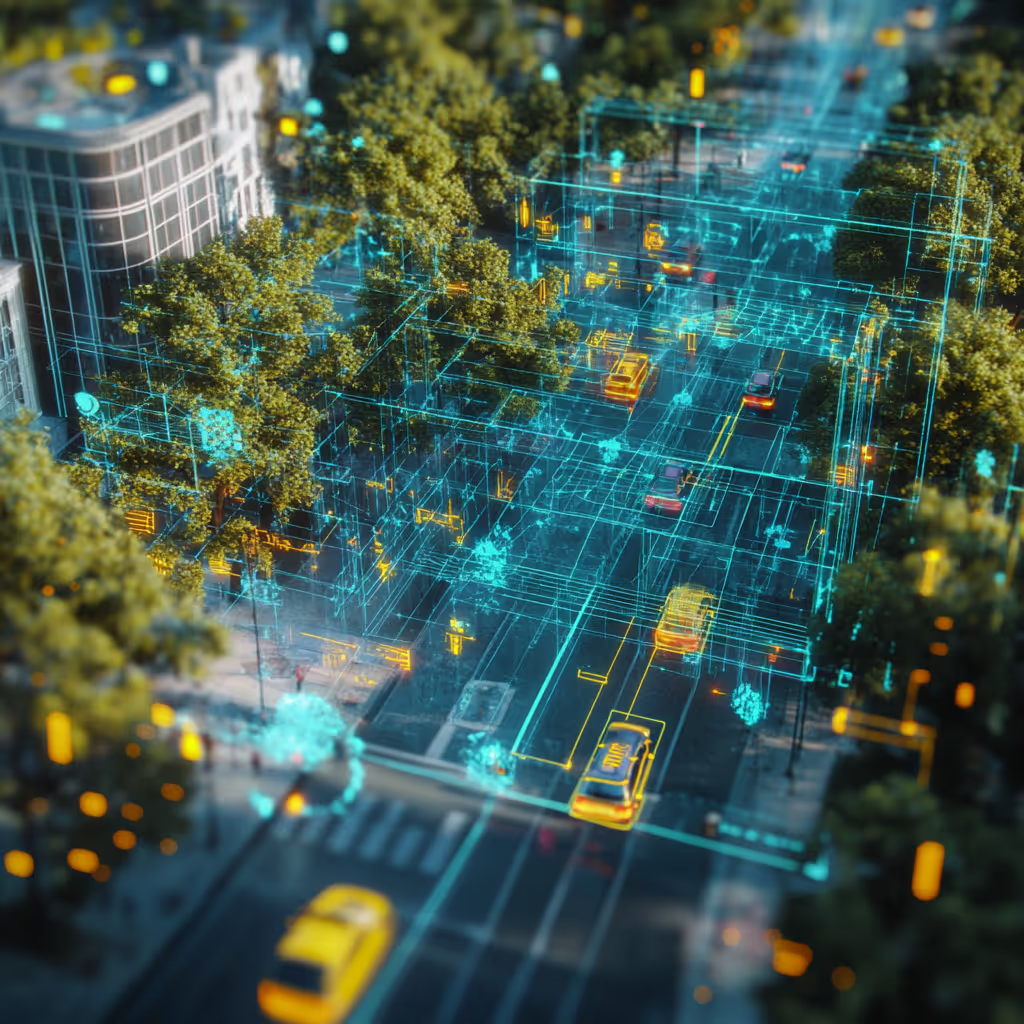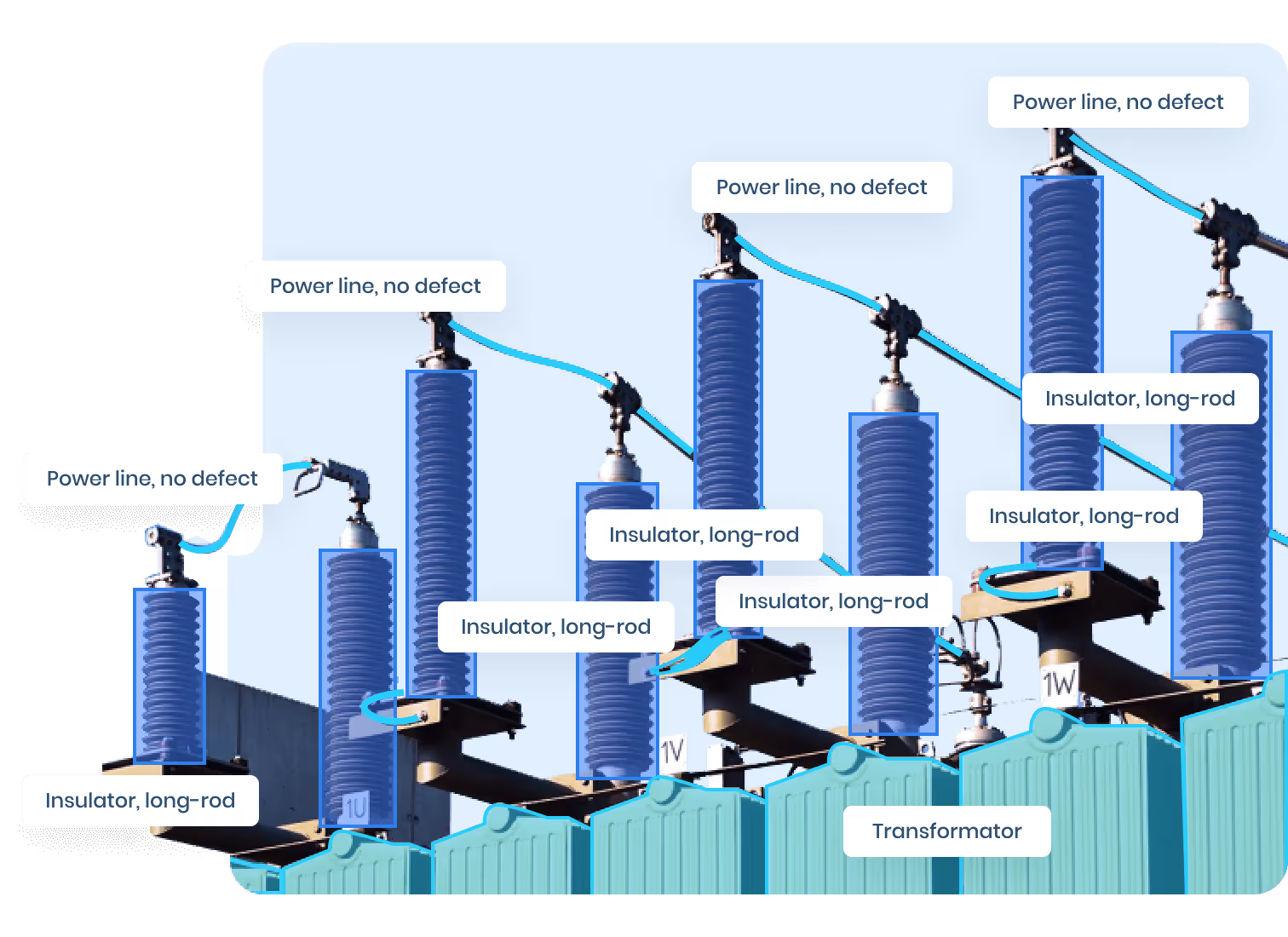Why Mining AI Is Rising in Australia
The mining industry in Australia is one of the most advanced in the world, yet it faces ongoing challenges: vast and remote sites, complex logistics, high machinery density, and inherent workplace hazards. Traditional monitoring methods—whether periodic human inspections or basic CCTV systems—struggle to offer the real-time situational awareness needed to prevent accidents and maintain compliance.
Enter mining AI. By combining computer vision with annotated video footage, Australian operators are now deploying intelligent systems capable of identifying risks before they escalate. These AI systems analyze worker behavior, monitor heavy equipment, and flag hazards as they emerge. With safety annotation at the core, mining AI in Australia is rapidly becoming indispensable for operations that prioritize both productivity and worker well-being.
The Role of Annotated Video in Mine Safety
At the foundation of every intelligent safety system lies a robust set of labeled video data. Annotation enables AI models to learn how to distinguish between normal and unsafe behavior, recognize machinery types, and identify hazardous environmental conditions.
By applying safety annotation to thousands of hours of mining footage, companies are teaching AI systems to detect:
- Missing or incorrectly worn PPE
- Unsafe proximity to moving machinery
- Human presence in restricted or dangerous zones
- Equipment malfunction indicators (e.g., smoke, leaks, stalling)
- Abnormal worker behavior suggesting fatigue or distraction
In Australia’s diverse mining environments—from dusty Pilbara iron ore pits to underground gold mines in Victoria—this annotated footage allows AI systems to adapt and perform in real-world conditions, where lighting, weather, and visibility vary drastically. Use our Video Annotation services to train AI models on machinery behavior, worker movement, and hazard detection.
PPE Compliance: Life-Saving Intelligence
In hazardous mining zones, wearing personal protective equipment (PPE) is not optional—it’s a matter of survival. AI models trained using safety annotation can automatically verify whether workers are wearing required gear, such as helmets, gloves, reflective vests, and respirators.
In many Australian mines, these AI models are deployed across smart camera systems that issue real-time alerts the moment a PPE breach occurs. This is especially critical during night shifts or in underground sections where human supervision is limited. Companies that integrate these systems report not only improved compliance but also a noticeable reduction in incident rates.
By leveraging mining AI in Australia for real-time safety monitoring, operators reduce reliance on manual oversight and improve enforcement consistency across large, decentralized sites. Leverage Image Annotation to detect PPE compliance and monitor site safety more effectively.
Machinery Detection: Beyond Object Recognition
Heavy mining equipment—including dump trucks, haulage vehicles, excavators, and conveyors—represents a significant source of both productivity and potential risk. Accurate machinery detection using annotated video has become a priority for AI developers working in the mining sector.
These AI models do more than just recognize the presence of machinery; they interpret motion paths, detect potential collisions, and identify early signs of mechanical failure. For example, a model might flag a vehicle that's idling for too long, veering off a designated route, or showing signs of abnormal vibration. Such detections help safety teams react before minor issues become serious hazards.
In Australia, where open-cut mines stretch across hundreds of kilometers, this level of oversight is only possible through AI and advanced annotation workflows. Mining operators are now using AI-driven machinery detection systems not only to prevent accidents but also to optimize fleet movement and reduce wear and tear through predictive maintenance.
Real-Time Intrusion and Danger Zone Monitoring
One of the critical safety challenges in mining is preventing workers and vehicles from entering zones where they don’t belong. Blasting areas, highwall edges, conveyor systems, and electrical control rooms are just a few examples. With safety annotation applied to surveillance footage, AI systems can learn to detect intrusions instantly.
Many mining AI systems in Australia are now integrated with geofencing data and real-time video feeds. When a person or vehicle crosses into a restricted area, an automatic alert is triggered. Some operations even link these detections to autonomous machinery, forcing a stop or re-route when risks are identified.
This dynamic zone monitoring helps prevent not only accidents but also costly downtime and regulatory violations. It’s a perfect example of how annotated data becomes an operational asset.
Underground Mines: Annotation in Challenging Environments
Underground mining presents unique conditions that complicate traditional surveillance: limited lighting, narrow corridors, and equipment that operates in close proximity to workers. In these scenarios, AI needs far more than clear video—it needs robust, well-annotated data that accounts for edge cases.
Safety annotation becomes essential when training AI to detect worker movement in low-visibility environments or to track machinery even when partially obscured by rock walls or dust clouds. Annotators must account for shadow distortion, overlapping objects, and frame-by-frame behavior shifts.
Mining AI solutions in Australia are increasingly using sensor fusion—combining thermal, LiDAR, and standard video input—to improve detection accuracy. With precise annotation, AI systems can process this multimodal input to offer reliable feedback even in the most challenging underground spaces.
Retrospective Analysis and Operational Intelligence
Beyond real-time safety alerts, annotated video footage also powers retrospective analysis. AI models can process recorded shifts to highlight systemic risks—frequent near-misses, repeat PPE violations, or equipment inefficiencies.
These insights allow site managers to refine workflows, optimize crew deployment, and plan future training. In Australian operations, where regulations are strict and margins tight, this data-driven improvement cycle is a powerful tool for competitive advantage.
By using safety annotation to build historical datasets, companies can create training simulations, reinforce safety culture, and even satisfy insurance documentation requirements with greater ease.
The Human Factor: Reducing Risk Through AI Augmentation
Human error accounts for a significant portion of mining incidents, from distraction and fatigue to decision-making under stress. Mining AI in Australia is now being used to detect subtle behavioral indicators—such as hesitation near equipment, unsafe shortcuts, or micro-delays in response time.
Well-annotated video allows these AI systems to learn what normal behavior looks like, and flag anomalies before they lead to injuries. These systems don’t replace humans—they support them, allowing supervisors to intervene earlier and more effectively.
Over time, the presence of smart monitoring systems also improves overall worker accountability. Just as important, it builds a culture of shared responsibility, where safety is reinforced by both humans and machines.
Privacy and Ethical Use in AI Surveillance
Despite the clear benefits, deploying AI surveillance in mining raises concerns about privacy and ethics. Workers may fear being watched too closely or punished based on AI judgments. That’s why companies must be transparent, ethical, and thoughtful in how they use safety annotation and AI-driven monitoring.
Best practices include:
- Informing workers of monitoring purposes
- Anonymizing data wherever possible
- Using safety annotation to improve systems, not to police individuals
- Setting clear boundaries on footage access and retention
In Australia, where workplace laws and labor rights are robust, responsible use of mining AI is not only ethical—it’s essential for long-term adoption and worker trust.
Scaling Annotation Efforts for Mining AI in Australia
Mining AI solutions are only as good as the datasets used to train them. For models to perform well across varied Australian landscapes—from Queensland coal mines to South Australian copper sites—they must be trained on location-specific footage.
That’s why many mining companies now work with specialized annotation providers who understand the nuances of safety protocols, machinery detection, and environmental conditions. These providers offer scalable infrastructure and trained teams that ensure consistent annotation quality, even across millions of video frames.
Outsourcing annotation also allows mining companies to focus on integration, deployment, and analysis rather than the labor-intensive task of labeling. This is particularly valuable when scaling AI initiatives across multiple sites or subsidiaries.
Looking for tailored solutions in industrial environments? Explore our Custom AI Projects.
The ROI of Annotated AI in Mining
Deploying AI systems powered by annotated video footage offers more than just peace of mind—it offers measurable ROI. Fewer accidents mean fewer delays, insurance claims, and regulatory penalties. More efficient machinery detection and predictive maintenance translate to extended equipment life and reduced downtime.
In fact, Australian mining leaders adopting AI solutions are already seeing bottom-line benefits. According to industry reports, proactive safety monitoring can reduce incident-related costs by up to 40% over three years, while improving compliance scores in audits and certifications.
As ESG expectations rise globally, Australian mining companies that prioritize AI-based safety and sustainability are also better positioned to attract investors, partners, and talent.
Real-World Impact: Success Stories from Australian Mines
- In Western Australia, a major iron ore operation deployed AI-powered safety annotation tools and reduced PPE non-compliance by over 50% in six months.
- A Queensland coal mine integrated AI machinery detection systems with its haulage fleet, cutting collision risk by 35%.
- An underground gold mine in New South Wales used annotated video to train an AI model capable of identifying rockfall risks early, allowing for preventive action and safer navigation routes.
These examples highlight how the intersection of mining AI, safety annotation, and video analysis is reshaping the operational playbook for Australian miners.
Ready to Upgrade Your Safety Strategy? Contact DataVLab
If you're exploring how to implement mining AI in Australia—or looking to train models for safety annotation and machinery detection—we’d love to support your journey. Let’s discuss how smart annotation can unlock safer, smarter mining outcomes, one frame at a time. 🚜📹

